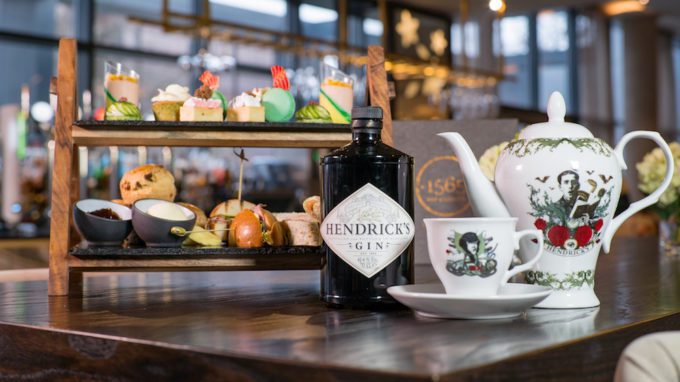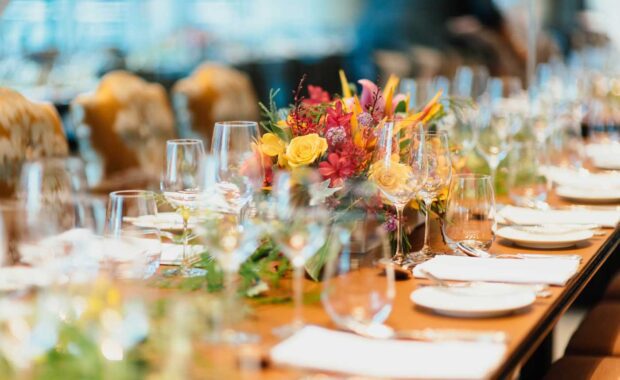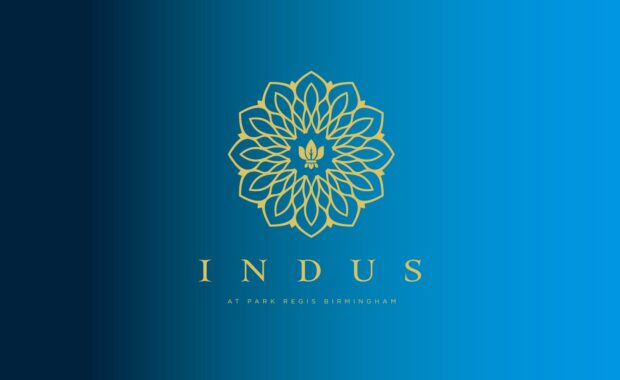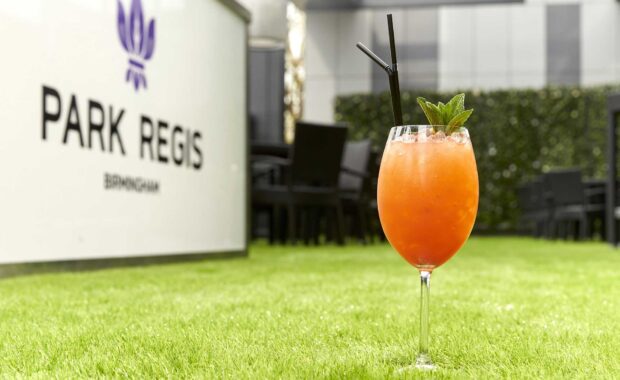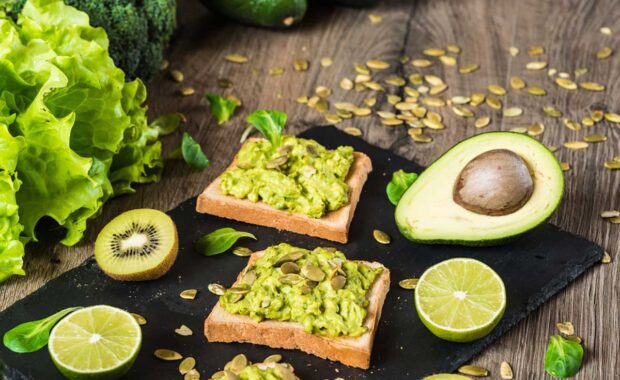Afternoon Tea and High Tea. Is there a difference between these phrases? Afterall, they’ve been interchanged so much, the good people of the UK are beginning to think they mean the same thing. Both practices are steeped in British history, and they do have similarities. However, the not so subtle differences they have are a direct result of their derivation…. In this post, we’re going to talk about the history of both British traditions, and how the gin brand, Hendricks, is slowly revolutionising the Afternoon Tea as we know it today.
What Is Afternoon Tea?
Afternoon Tea is a British food tradition and event. People sit down for tea and a selection of treats such as small sandwiches, scones and cakes in the afternoon. The tradition first became fashionable in early 19th century by Anna, the Duchess of Bedford. She wanted to fill the long gap between lunch and dinner, as dinner was often served at 8 PM. Lifestyles have changed a lot since then, which is why afternoon tea has become more of a treat rather than a snack.
Afternoon Tea has now become a treat – something often done for celebrations and formal occasions. However, the tradition is still quintessentially British: You and others sit down and enjoy the decorum and civility of one of the quaintest of English dining customs. Many venues have become renowned for serving a proper afternoon tea – in many places you must book months in advance for a archetypal British afternoon tea.
What Is High Tea?
Afternoon Tea was meant for wealthy people in the 19th century. At the time, British was newly industrialised, which meant that workers had to wait until much later for tea. Because the majority of workers needed sustenance after a hard day of labor, tea was a much heartier dish – there was a lot more than just tea, finger sandwiches and cakes. High tea consisted of hot and filling meals accompanied by a pot of warming, strong tea to revive the spirits. Now, high tea is often referred to as dinner, tea, or supper.
The phrase “high tea” is also believed to differentiate the settings of which the tea takes place. Afternoon tea is traditionally served on low, comfortable, parlor chairs or in the garden. The worker’s after-work high tea was served at a table with high back dining chairs.
What Does Afternoon Tea Consist Of?
A basic afternoon tea kit usually includes:
- A tiered cake stand
- Lace doilies
- Vintage tea cups and plates
- A teapot
- Teaspoons
- A tea strainer
- A milk jug
- A sugar pot
- A jam bowl
- A cream bowl
There aren’t any rules about how the food is displayed, but the standard tradition usually sees a layer of sandwiches, a layer of cones and a layer of cakes on the tiered cake stand.
The food:
- A selection of loose leaf tea
- Scones
- Tea cakes
- Jam
- Clotted cream
- A variety of pastries
- A variety of sponges and cakes
- Sandwiches
How Hendricks is Revolutionising Afternoon Tea
Afternoon tea has it all – a constant flow of tea, sweet treats, vintage crockery and good company. Just when you think it couldn’t get any better, the gin brand, Hendricks manage to pull the rabbit out the hat. Their official tea sets are becoming more recognised throughout the UK as a staple for afternoon tea; their tea pots, tea cups and crockery echo John Tenniel’s classic Alice in Wonderland illustrations, and takes a welcome twist on the Mad Hatter’s Tea Party.
Hendrick’s take on afternoon tea is inspired by the traditional tastes of Great Britain. Strawberry, elderflower and cucumber infused finger foods are served with a selection of traditional, herbal, green and bespoke teas. Their beautiful vintage inspired tea sets suit the apothecary style bottle that’s become synonymous with Hendricks Gin, and the 17th century gin craze. But that isn’t the best part of this mouthwatering afternoon tea.
The real triumph is the delicious cocktail that comes with this truly British affair. The Hendrick’s Elderflower Collins uses the classic Tom Collins cocktail as its base, and is served from a tea pot. This refreshing cocktail becomes the star of the show: Hendricks gin, lemon juice, Jasmine green tea and elderflower syrup. Gin has a complex history within the UK, so why not combine two traditions we are proud of? (if you’re not a fan of gin, then the Gent’s Afternoon Tea cocktail has spiced rum, cream and vanilla).
Gin’s Prevalence in the UK
So why combine gin with the popular tradition of afternoon tea? Gin is one of the nation’s favourite drinks, often referred to as mascara thinner or Mother’s ruin. Gin was first created 300 years ago, in the back streets of 17th century London. The aim of gin was to mimic the Dutch spirit, Genever. Laws around distilling spirits in the UK were very strict until William of Orange, who was Dutch, ruled Britain in 1688. The rules on making spirits were relaxed, sparking a free-for-all of amateur experimentation.
Importing Genever was expensive, and the upper classes continued to do so. However, the working class distilled their own imitation ‘gin’ in bathtubs, which is where the phrase ‘bathtub gin’ comes from. It cost a lot of money to make the real thing, which meant that Londoners improvised and used ingredients such turpentine and sulphuric acid to replicate Genever’s flavour and warming sensation. This created a hysteria surrounding gin – by 1743, England was drinking 10 litres of gin per person per year.
Without knowledge surrounding alcohol and its components, the end product often lead to consumers going blind, and in some cases resulted in death, As consumption levels increased, an organised campaign for more effective legislation was led by the Bishop of Sodor and Man, Thomas Wilson (who, in 1736, had complained that gin produced a ‘drunken ungovernable set of people’).
Those who had originally campaigned for the liberalisation of distilling, later complained that drunken mothers were threatening to produce a ‘fine spindle-shanked generation’ of children. Campaigns featuring Hogarth’s engraving Gin Lane became synonymous with the gin craze, After the Gin Act was introduced in 1751, respectable gin selling was encouraged and the levels of gin consumed finally decreased.
Afternoon Tea: No Longer A Gin Free Zone
Afternoon tea used to be a gin free zone, but Hendrick’s gin really does make the perfect companion to the delicious finger foods. Distilled in Scotland, Hendricks gin uses the traditional base of juniper infusion, and then macerates coriander, angelica root, orris root, orange peel, lemon peel, cubeb berries, elderflower and much more. After 24 hours the stills are switched, and cucumber and Bulgarian rose is added for flavour. Classic British flavours such as berries and cucumber flawlessly go with Hendricks – this light gin is perfect for gin loves and novices.
So, what are you waiting for? Book your Hendricks afternoon tea at Park Regis today!
